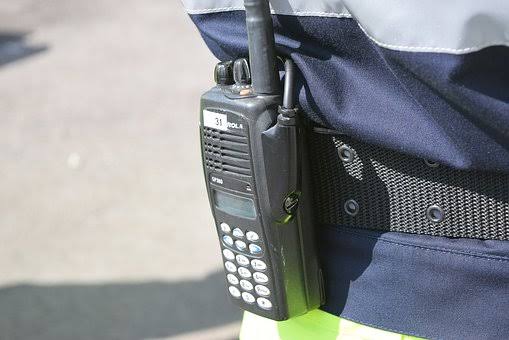Two-way radios have been around for decades and have played a vital role in many industries, including public safety, hospitality, construction, and transportation. With the advancement of technology, they have become more sophisticated, making them more versatile and reliable. And in this article, you will learn everything you need to know about two-way radios.
What Are They?
Two-way radios, also known as communication radios or walkie-talkies, are communication devices that allow two people to communicate with each other in real time. They use radio waves to transmit and receive audio signals, allowing people to communicate over short or long distances. They come in different sizes and shapes, can be handheld, portable, or mobile, and they are used in a wide range of industries, from public safety to hospitality, and they are designed to meet specific communication needs.
Different Types
There are different types of two-way radios, and they vary in terms of their frequency range, power output, and features. So, some of the most common types are:
VHF Radios: VHF radios operate in the Very High-Frequency range between 30 and 300 MHz. They are best suited for outdoor use, as their signals can penetrate foliage and other obstacles.
UHF Radios: UHF radios operate in the Ultra High-Frequency range between 300 and 3000 MHz. They are best suited for indoor use, as their signals are better at penetrating walls and other obstacles.
Portable Radios: Portable radios are small and lightweight, making them easy to carry around. They are battery-operated and can be recharged using a charging station.
Mobile Radios: Mobile radios are designed for use in vehicles and are more potent than portable radios. They are also equipped with features such as GPS and Bluetooth.
Digital Radios: Digital radios use digital signals instead of analog signals. They offer better sound quality, improved range, and enhanced security.
How Do They Work?
Two-way radios work by transmitting and receiving radio signals. When you press the push-to-talk button on the radio, it sends a signal to the other radio, indicating that you want to communicate. The other radio then receives the signal and switches to receive mode, allowing you to speak. And when you release the push-to-talk button, the other radio switches back to transmit mode, allowing the other person to speak.
These devices can communicate over different channels, which are assigned specific frequencies. Hence, in a busy environment, it is essential to use the correct channel to avoid interference and ensure clear communication.
Benefits
Communication radios offer many benefits over other communication devices, such as mobile phones, and some of them are:
Instant Communication: They allow for instant communication, which is essential in fast-paced industries such as public safety and transportation.
Durability: They are designed to be rugged and durable, making them ideal for use in harsh environments.
Lower Cost: They are less expensive than mobile phones and do not require a monthly service fee.
Better Coverage: These devices can offer better coverage than mobile phones, especially in remote areas with limited cell coverage.
Enhanced Security: They offer enhanced security, as they are less prone to interception and hacking.
In conclusion, two-way radios are versatile and reliable communication devices that are widely used in various industries, including public safety, hospitality, construction, and transportation. They come in different types, sizes, and shapes and offer many benefits over other communication devices, such as mobile phones. Besides this, communication radios provide instant communication, durability, lower cost, better coverage, and enhanced security. And to get the most out of your devices, it is essential to use them correctly, choose the right channel, keep the radio charged, and maintain proper etiquette when communicating. With the right devices and proper use, you can enjoy reliable and efficient communication in your industry.
